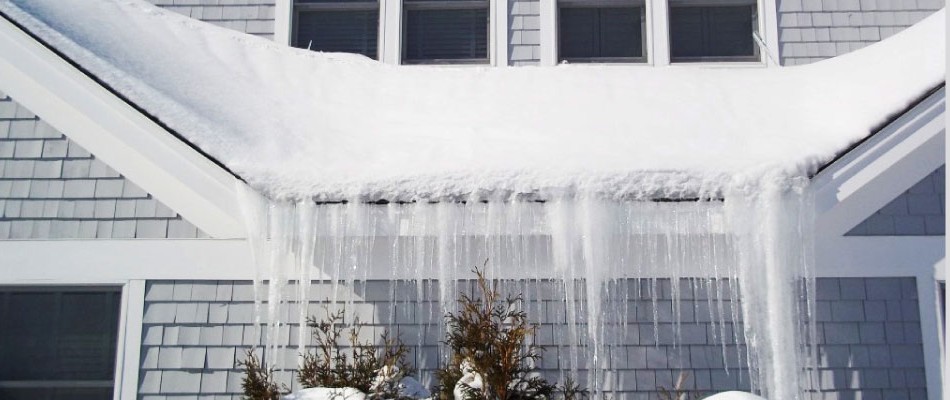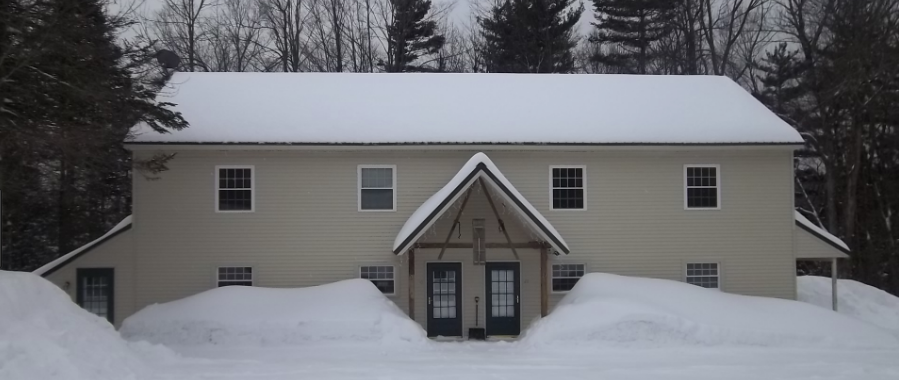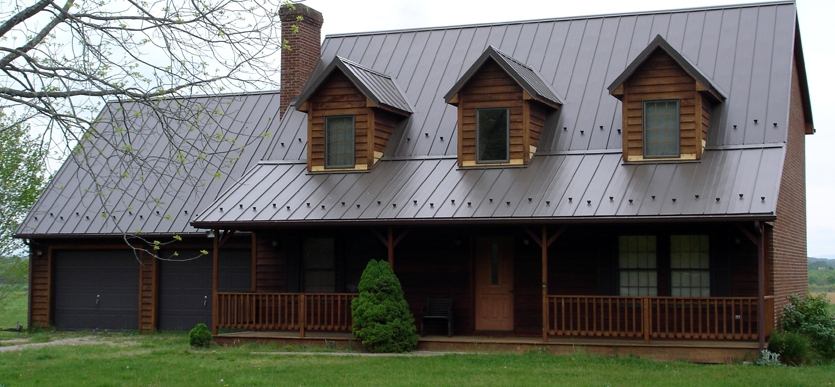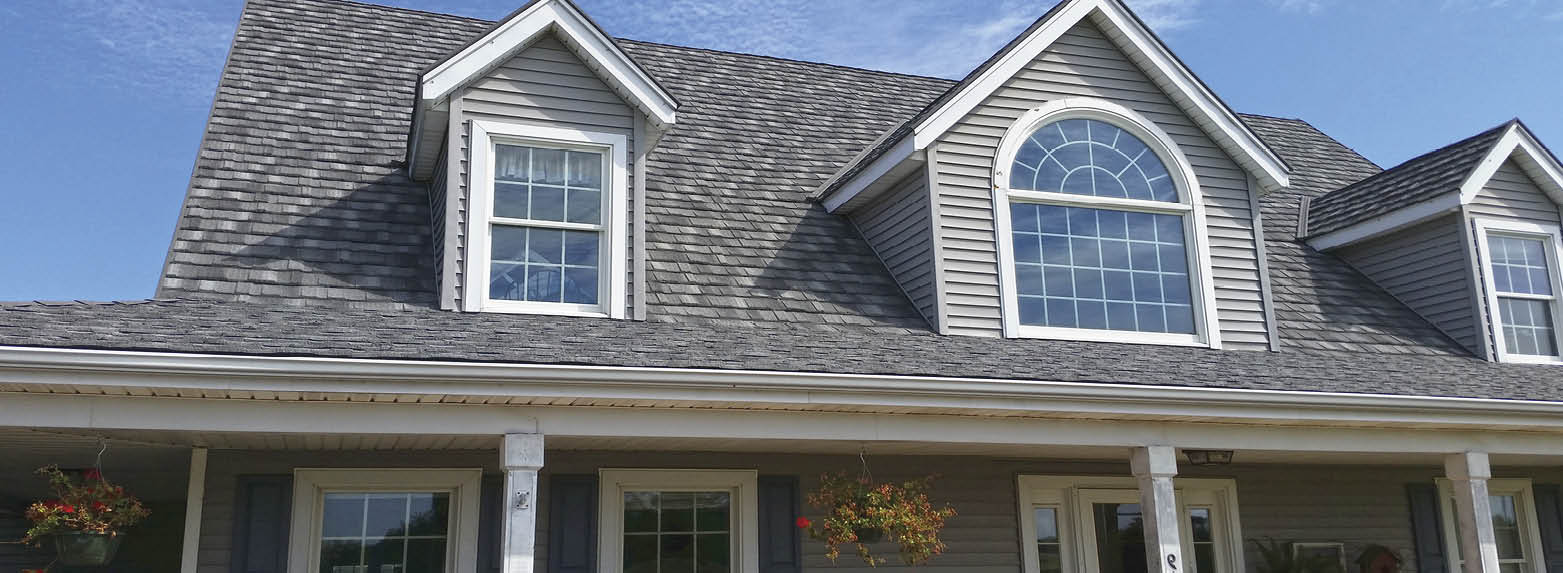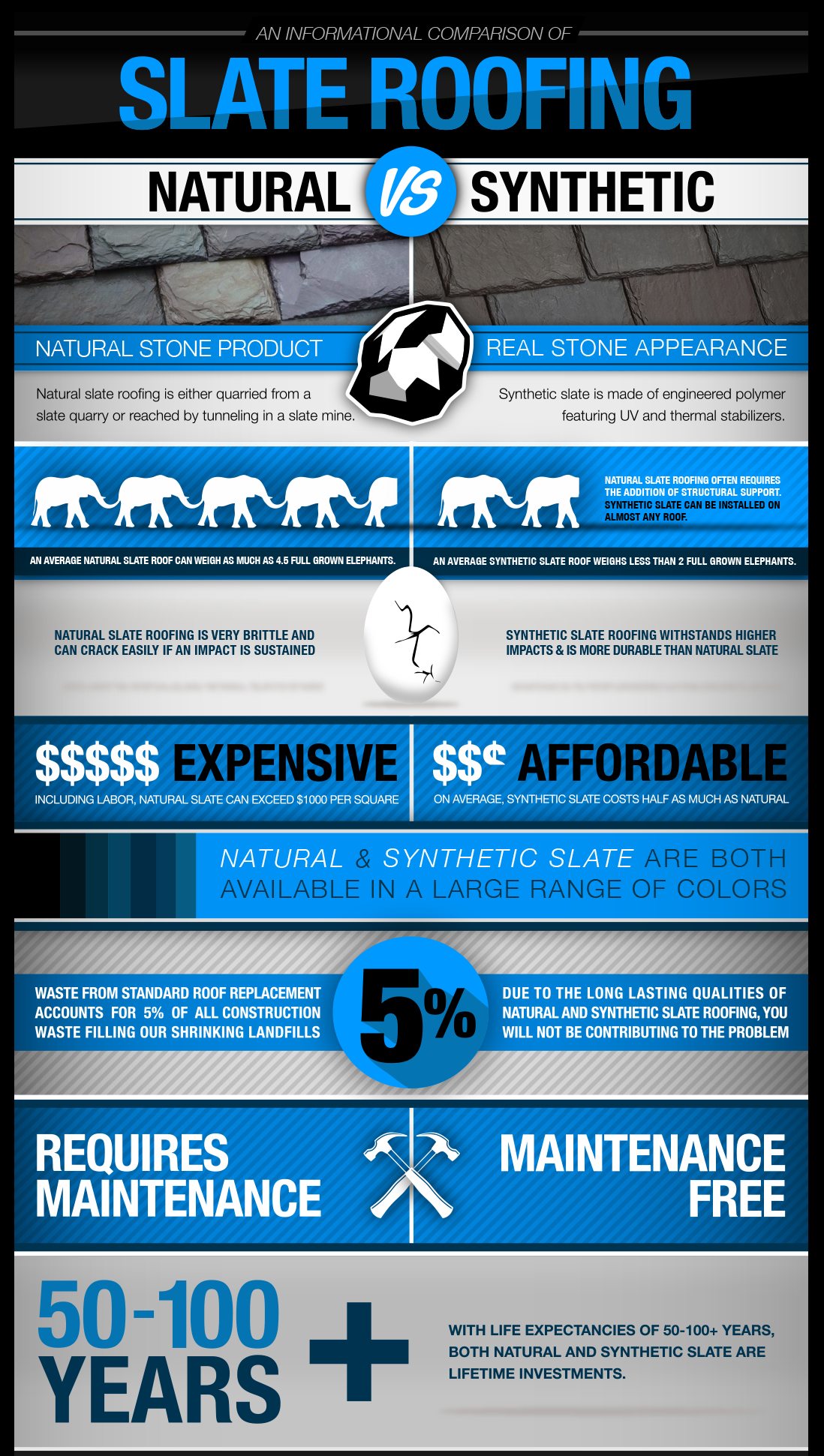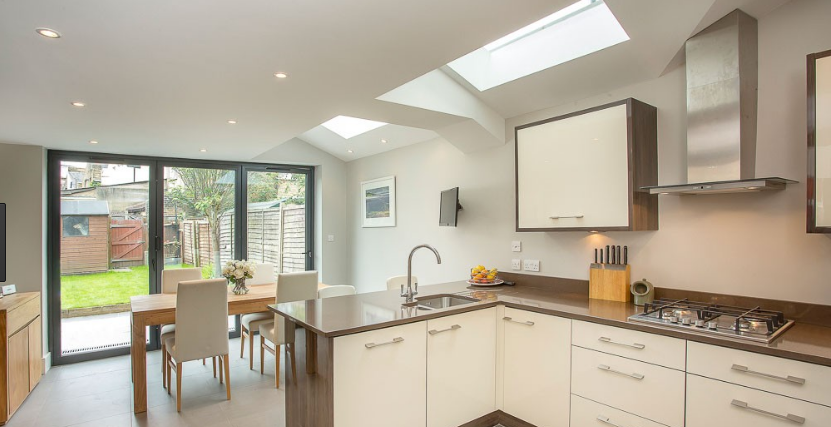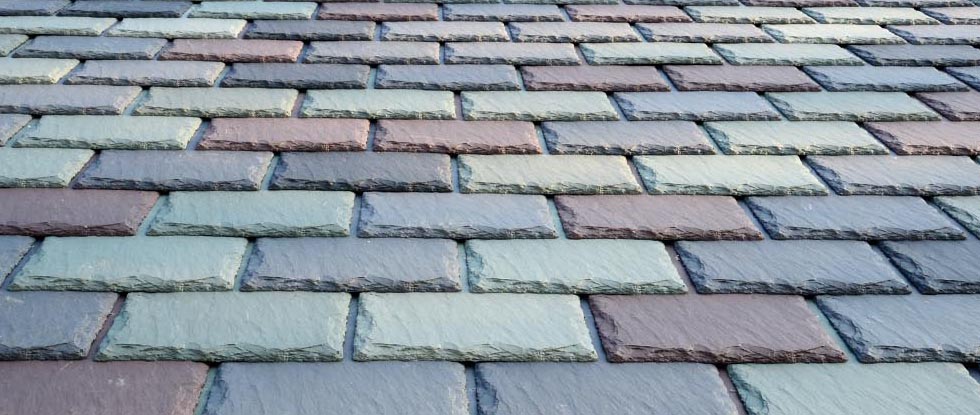June 21, 2017 in Tips
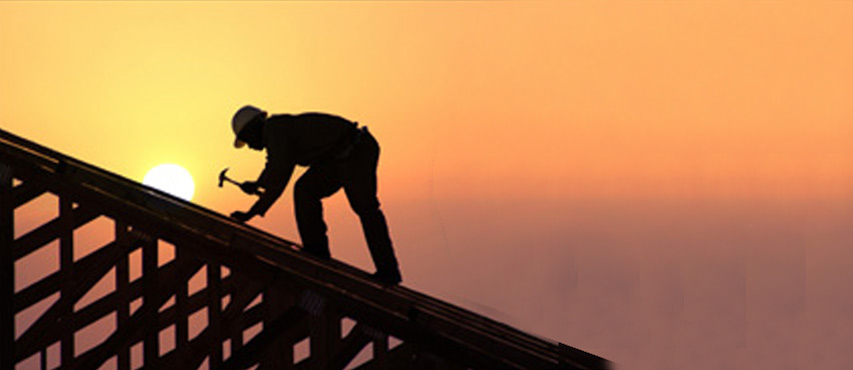
Is your home in need of a new roof? If so, the first task on your to-do list should be to find the best home roofing contractor. While there are plenty of roofing contractors to consider, you will want to make sure that you settle on one who has demonstrated an ability to do this kind of work. To help you find the right person or team for the job, please review the tips below.
#1 – Start with the BBB
While a good rating with the Better Business Bureau is not a sure sign that you are dealing with a great contractor, it is a good place to start. At PJ’s, we are proud to be recognized with an A+ rating by the BBB of greater Maryland! If the contractor you are considering is in good standing with the BBB, you can feel free to move on to other points.
#2 – Find a Designated Contractor
If a contractor has earned a designation from a manufacturer, you can feel good about that contractor’s ability to handle the job. Those designations are not given out for free, as the company needs to prove that they can meet certain requirements in order to gain this endorsement.
#3 – Safety Matters
You always want to place a priority on safety when anyone is working on your home. Should you find that a specific contractor has a questionable record when it comes to safety, you will be better off going in a different direction.
#4 – Ask for Referrals
If you happen to know anyone in your life who has recently had their roof repaired or replaced, ask them about their experience with the company they selected. Or, even if you don’t know anybody in this category, consider asking neighbors for help if you notice they have had work done.
#5 – Insurance Issues
When filing an insurance claim as part of your roofing project, be sure that the contractor is willing to play by the rules with regard to the insurance policy. If, for example, the contractor says that you don’t need to pay your deductible, you should be suspicious.
#6 – Deal with Your Own Insurance Company
Speaking of insurance, you should be dealing with the insurance company personally, not going through the contractor. Not only is this often illegal, but it also doesn’t make any sense. The claim is a matter between you and the insurance company, so you should be the parties involved.
#7 – Watch for Pressure Tactics
There are too many contractors out there to allow yourself to be pressured into a decision by an overaggressive salesperson. If you aren’t yet comfortable with the terms of the contract for this project, don’t sign anything and don’t give in to pressure.
#8 – Study Up
Before you even contact any contractors about this work, do some research and learn about things like roofing materials. If you know your stuff ahead of time, you will be better prepared to negotiate successfully.
#9 – Always Work with Licensed and Insured Contractors
This one is an easy decision. Anytime you are hiring a company to do any kind of work on your home, you should confirm that the contractor is both licensed and insured. It’s just that simple.
#10 – Get a Warranty
Is the labor going to be covered under warranty, in addition to the roofing materials? Be sure to ask this question, and only work with a home roofing contractor who can offer a warranty on their workmanship.
 We are proud to announce that for the third year in a row, we have been named the Best Roofing Company in Frederick, MD in the Frederick News Post’s “Best of the Best” Awards! Each year, readers vote in more than 200 categories to determine the best local businesses. We would like to thank all of you for your continued support!
We are proud to announce that for the third year in a row, we have been named the Best Roofing Company in Frederick, MD in the Frederick News Post’s “Best of the Best” Awards! Each year, readers vote in more than 200 categories to determine the best local businesses. We would like to thank all of you for your continued support!
